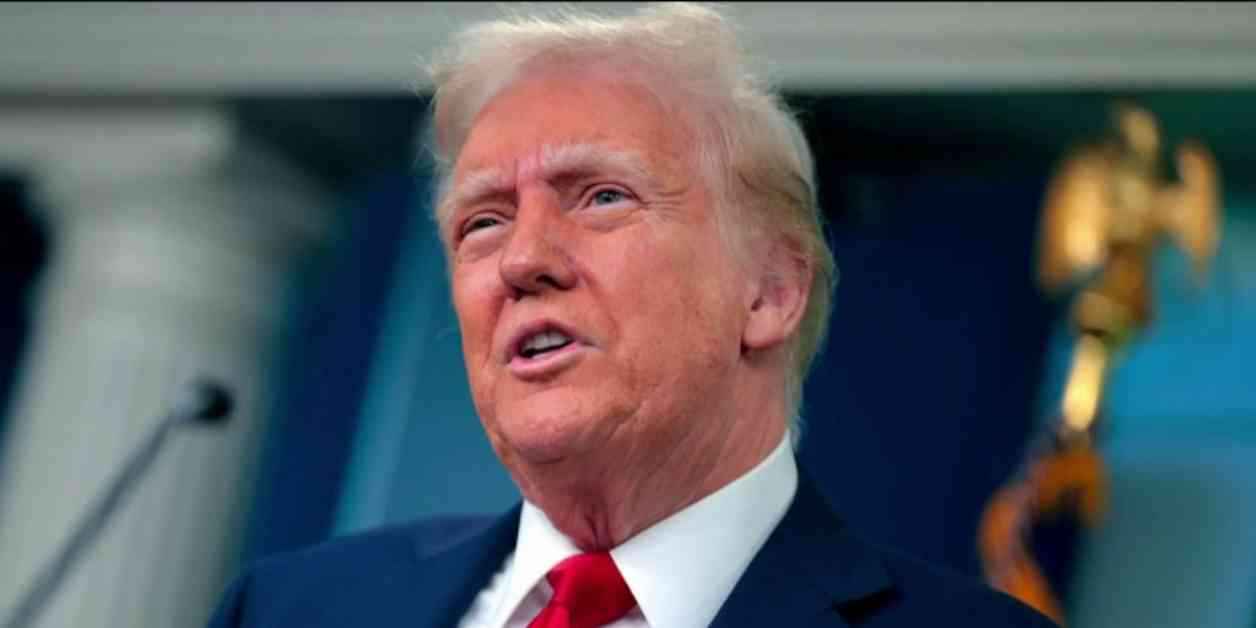In a recent turn of events, President Trump has implemented a significant increase in tariffs on Canadian imports, raising them to a staggering 50%. This decision comes in response to Ontario’s threat of imposing an electricity surcharge, further escalating tensions between the two neighboring countries.
Trade Turmoil: Trump’s Tariff Hike
The sudden spike in tariffs has sent shockwaves through the business community, sparking concerns about the impact on cross-border trade and economic relations. With Canada being one of the United States’ largest trading partners, the move is expected to have far-reaching consequences for both countries.
Expert analysts warn that the tariff hike could lead to a rise in prices for consumers, as businesses pass on the increased costs of imported goods. This could potentially dampen consumer spending and slow economic growth in the region. Additionally, the move may strain diplomatic relations between the U.S. and Canada, adding further uncertainty to an already volatile trade environment.
Global Trade Dynamics: A Complex Landscape
The escalation of trade tensions between the U.S. and Canada is just one example of the complex dynamics at play in the global economy. With ongoing trade disputes between the U.S. and other major trading partners, such as China and the European Union, the landscape of international trade is becoming increasingly fraught with challenges.
The uncertainty surrounding trade policies and tariffs has created a sense of unease among businesses and investors, leading to volatility in financial markets. As countries continue to engage in tit-for-tat measures, there is a growing concern that the global economy could be headed towards a trade war, with potentially devastating consequences for all involved.
In the midst of this turmoil, it is crucial for policymakers to seek diplomatic solutions and find common ground to prevent further escalation. Collaborative efforts to address trade imbalances and promote fair trade practices are essential to maintaining a stable and prosperous global economy.
As the situation unfolds, businesses and consumers alike will be closely watching for developments and bracing for the potential impact of these escalating trade tensions. The future of international trade hangs in the balance, with the decisions made now shaping the economic landscape for years to come.
In conclusion, President Trump’s decision to increase tariffs on Canadian imports to 50% in response to Ontario’s threat of an electricity surcharge has sent shockwaves through the business community and raised concerns about the implications for cross-border trade and economic relations. This move underscores the complex dynamics at play in the global economy and highlights the need for diplomatic solutions to prevent further escalation and mitigate potential economic fallout. The coming days and weeks will be critical in determining the path forward for international trade and the future of the global economy.


